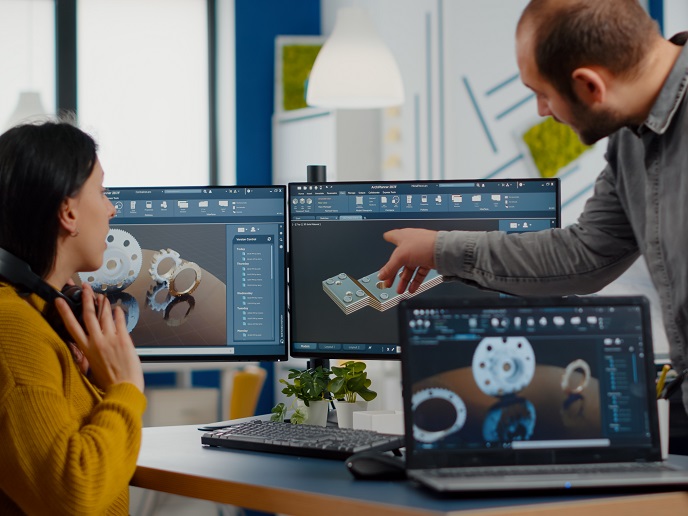A secure platform to foster co-creation in manufacturing
The idea of democratising innovation is increasingly popular in industrial settings. By involving a variety of stakeholders and end users in production processes, manufacturers create more commercially successful, targeted solutions. Products developed through such collaborations could be more impactful for citizens, and more useful for businesses and industry. However, such co-creation often requires sensitive information to be shared, and issues such as health and safety and a lack of knowledge of using digital technologies securely have limited the extent to which end users have been able to provide useful input.
Uniting manufacturers and consumers
To address these challenges, the project www.iproduce-project.eu (iPRODUCE) (A Social Manufacturing Framework for Streamlined Multi-stakeholder Open Innovation Missions in Consumer Goods Sectors) set out to bring manufacturers and consumers together at the local level. To do this, the project team developed an open digital platform, supported by custom-built tools, to facilitate interaction and cooperation in a safe and secure environment. This digital platform, called OpIS, was deployed in collaborative Manufacturing Demonstration Facilities (cMDFs) in Denmark, France, Germany, Greece, Italy and Spain. Each cMDF represented a specific industrial sector, including furniture, automotive, medical, electronics and microelectronics. These cMDF ecosystems were made up of SME associations, manufacturing and specialist SMEs, as well as fablabs (small-scale digital fabrication workshops), makerspaces (a collaborative high-tech space for making, learning and sharing) and other stakeholders. “In addition to the platform, we provided users with a set of tools to enable them to apply co-creation methodologies,” explains project coordinator Manuel Sánchez from AIDIMME in Spain. “These included an augmented and virtual reality toolkit, to facilitate collaboration and shared awareness during the product design phase.” Other tools included a cMDF training platform, a data analytics and visualisation suite, and a video intelligence tool. This allows users to collect sets of videos for automatic analysis, transcription and exchange among multiple remote users.
Successful social manufacturing network
Positive experiences demonstrated how a social manufacturing framework such as OpIS can effectively integrate both digital and human/social approaches to open innovation. The platform enabled SMEs, maker communities and consumers to tap into collective knowledge, gaining insights and support for manufacturing processes. In the Italian cMDF, participants developed an IoT-enabled irrigation system for houseplants. “The end result is an open digital space, with a set of innovative tools that can facilitate co-creation,” says Sánchez. “The idea is that this will provide operational capacity and skills for more cost-effective and sustainable production lines in the future.”
Addressing evolving consumer needs
The results of the iPRODUCE project will likely contribute to the ongoing development and growing popularity of open innovation. “We are at a time when competition in the consumer goods sector is high,” adds Sánchez. “One success factor is the extent to which businesses can address evolving consumer needs. Involving users and consumers in a more proactive manner is one way of achieving this.” Moving forward, the iPRODUCE team aims to further consolidate cMDFs as local communities of open innovation manufacturing, and formalise the already functional operational procedures of these networks. Development will continue on the tools and the platform itself over the next two years, to make OpIS even more user-friendly.
Keywords
iPRODUCE, digital, manufacturers, fablab, makerspaces, cMDFs, IoT







